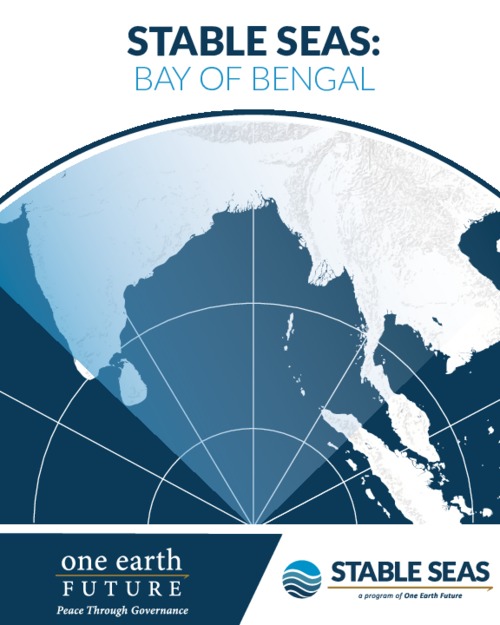Fisheries

The Bay of Bengal and adjoining Andaman Sea comprise a massive maritime area covering nearly 3 million square kilometers, a space larger than the land area of India. This “Greater Bay of Bengal” region is also immense and diverse in terms of demographics. The five countries surrounding the Greater Bay of Bengal littoral--India, Sri Lanka, Bangladesh, Myanmar,and Thailand--had a combined population of 1.7 billion in 2018, constituting more than one in every five people on earth. Myanmar has 135 recognized ethnic groups. India mentions 22 languages in its constitution, and hundreds of other languages and dialects are also spoken. The region features majority Buddhist, Hindu, and Muslim states, with significant populations of religious minorities in several countries. Finally, the regional economy is huge and growing. These states have a combined GDP of $3.7 trillion and feature some of the world’s fastest-growing economies. The Greater Bay of Bengal clearly has immense demographic and economic potential. In order for that potential to be fully realized, effective policies will be needed to mitigate threats and capitalize on opportunities in their shared maritime space. This chapter first explores the health of fisheries and the state of fisheries management in the Bay of Bengal region. It then highlights the critical role of fisheries in maintaining the welfare of coastal fishing communities. Finally, the chapter provides potential policy options that would help ensure that fisheries in the Bay of Bengal will be maintained as a sustainable economic resource and source of welfare for years to come.
Permalink
Date Available
Type
Publisher
Countries
Copyright
CC-BY-4.0
Research Themes
Topics
Language